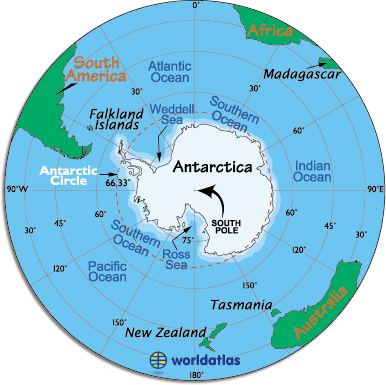In Jim Laughter's ‘Polar City Red' humankind teeters on the brink of dystopia after failing to clean up its environmental act and save the planetBy Staff Writer
The Taipei Post Online,
a web blog
Over the past few years Taiwan-based journalist Danny Bloom has become more and more concerned with climate-change issues, notably the prospect of humanity retreating to new cities built in the polar regions to escape rising temperatures elsewhere. So when he strongly urged me to read a new novel, "Polar City Red" by Jim Laughter in Oklahoma, recently published online and as a POD paperback and set in an environmentally devastated future, I felt duty-bound to take a look.
E-books are the modern version of self-publishing. Contrary to what many choose to think, this is an honorable way of issuing works, and one with a long history. William Blake printed and colored his own books, Shelley had pamphlets privately printed and then tried to hand them out to passing citizens, and Ronald Firbank self-published all his novels, now considered by many as classics, in the 1920s.
Even James Joyce’s Ulysses was self-published in a way — brought out by a friend who ran a Paris bookshop rather than by an established publishing house. Laughter stands in this august tradition, writing novels and issuing them online, from crime novels to non-fiction books about social issues as well. This combination of the newest and one of the oldest technologies feels like the true mark of a dedicated indie publisher. "Polar City Red' is set in the future, but not so far away as all this: 2075. And the action takes place mostly in Alaska. northern Alaska. This is essentially a novel of ideas.
All of the major characters is memorable, and the ideas are strong — sometimes ingenious, but more often just humane. There’s some grim humor, too, as Laughter seems to have a good ear for comedy amidst the tragedy of major global warming impact events in the near future. It's not a pretty picture, but the story is rivetting, and a real page turner. You won't come away from this book unscathed, and it will forever change your perspective on what might await future generations if we do not tackle and solve the CO2 emissions issues worldwide now.
Before it's too late and Laughter's imaginary scenario becomes a reality! The government and its efforts are viewed with considerable skepticism. Yet the book ends on a slightly optimistic note, with any final collapse at least temporarily delayed, and the Moores hopeful and optimistic. Are there some sequels in the planning? The book doesn't say but I suspect there will be one or two. The storyline is not finished.
Why are the Moores optimistic? The author doesn’t give many credible grounds for their optimism and you feel that this ending was adopted in preference to a bleak one of total collapse, or an ecological equivalent to Orwell’s ''Room 101''. "Polar City Red: stands in the tradition of dystopian novels like Aldous Huxley’s ''Brave New World'' and George Orwell’s ''1984''. These offered visions of nightmarish futures with the implicit message that this was how things might turn out if we didn’t take action to change our ways.
Huxley warned of eugenics, or tampering with the genes of our descendants, and Orwell of the totalitarianism that was inseparable, as he saw it, from communism. In the place of these fears, "Polar City Red" offers unchecked global warming, the danger almost everyone is now focusing on. The strange thing is that we haven’t been deluged with novels on this theme already. This book reads more like Philip Pullman’s ''His Dark Materials'' trilogy than the science fiction it would have been classified as 10 years ago. Science fiction is supposed to deal with future events that are, from a rational viewpoint, never likely to happen. "Polar City Red", by contrast, feels more like ecological prophecy.
This is a coherent, lively and fast-moving attempt to put a widely feared future into imaginative, fictional form. It’s all the more attractive for being available on Kindles and Nooks and as a print on demand paperback with a beautiful cover (designed by Dan Case in Texas) as well. (c) 2012 ''THE TAIPEI POST ONLINE''








